Hello my friends! How are you? My name is Fogaça and I'm here to talk about Commander.
In the last articles, I brought a discussion about the main combos of cEDH, in a way that we could understand them and know why they are popular in the format. Today, however, we are going in the opposite direction, in order to understand the reasons that led some to simply hatch these combos and how to synergize this type of strategy to generate value: today we are going to talk a little about the Hatebears.

Ad
THE (not today) COMBO
Since today we are not talking about a combo itself, I will use this session to explain what Hatebear means and what its role in the Competitive Commander goal is.
Hatebear comes from the idea of having a creature with an effect that lock the opponents' game, in order to have an ability (usually static) that limits certain types of plays and slows down the field. Its main function is to remove the value of the opponents' deck, attacking key points of the strategy relevant to their game plan. Exemplifying for a better understanding, if the idea of the opponent's deck requires many tutors or many search effects (Yisan, for example), the simple presence of a Aven Mindcensor makes searching the library a difficult task. Other examples are Containment Priest locking decks based on reanimate (like Kroxa); and Linvala, Keeper of Silence can make the life of any Thrasios player miserable.
From this information, you may think: but after all, why would I like to disrupt my opponent's plays instead of focusing on my game plan? This is a good question, which is answered in our next session.
COMMANDERS
Some commanders do not necessarily have a favorable pool to control the battlefield with significant dispurting or prison effects, so they prefer to use creatures to establish that control. In addition, there are advantages in having creatures on the table, especially when they can have effects that, in theory, are not symmetrical (that is, they do not affect you or affect you less than they affect your opponents). Thinking about it, I separated the decks below to understand some applications of our creatures of hate.
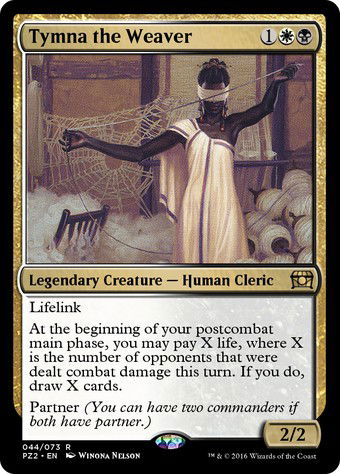
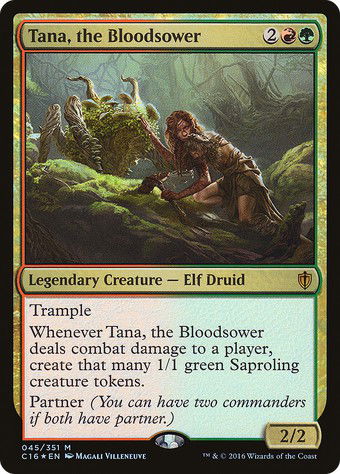
If we're talking about Hatebears, our best example is the deck known as the Blood Pod. With Tymna the Weaver and Tana, the Bloodsower occupying the command zone, our idea is to make up for the lack of blue with creatures that can hold the game in order to prevent faster combos from reaching their goal before our Birthing Pod engine starts. In this build, we also see one of the main applications of Hatebears in partnership with Tymna, where attacking our opponents every turn generates a card advantage, allowing us to develop our game with fluidity.


Even though it is not yet time to talk about the Thives & Wheels builds, our Opus Thief duo has to be mentioned. Our dear thieves, like Notion Thief and Alms Collector, are also considered Hatebears, in order to attack strategies based on generating a great card advantage and have synergy, as in the previous example, with Tymna .

Ad
Finally, what about our Storyteller? Even having access to the blue, the commander screams for the use of creatures. So, we can add this fact to a slower strategy, characteristic of Chulane, Teller of Tails, to conclude that the value of several creatures that hinder the other people's game will be multiplied in this build.
VARIATIONS
Even though it appears in the first instance that this is a closed archetype, the use of Hatebears is not exclusive for slower decks. We should not limit ourselves to labels in order to set aside high value cards to follow a "standard plan". In the current goal of the cEDH, not thinking about attacking your opponents, at least to me, seems like suicide. If your deck is explosive and combo centric, of course you'll have less creatures outside your strategy. But, on the other hand, I cannot imagine a deck with white that does not benefit from using the aforementioned Aven Mindcensor, for example.
HONORABLE MENTIONS
For today, I decided to leave a list with notable creatures for the most diverse strategies. I hope you can make the most of them.

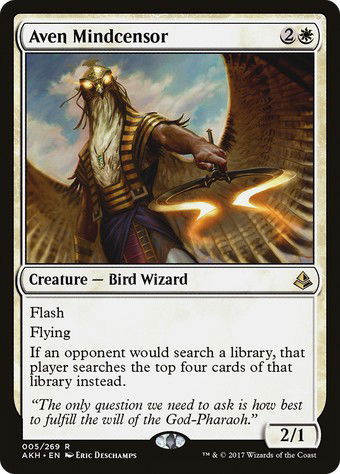
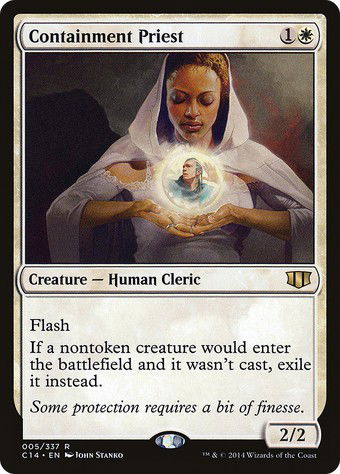

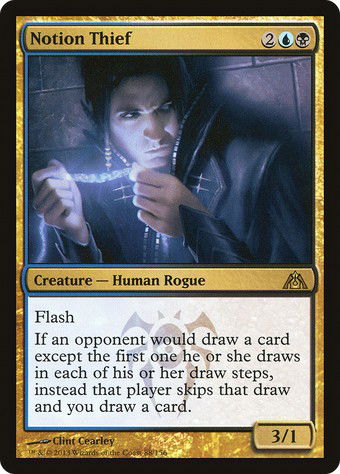
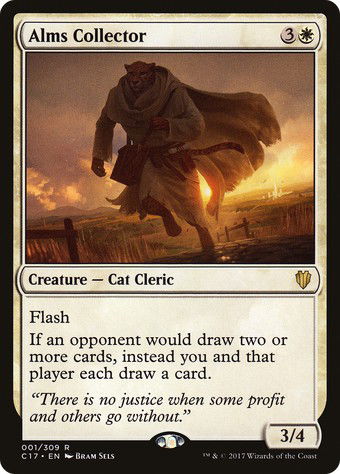
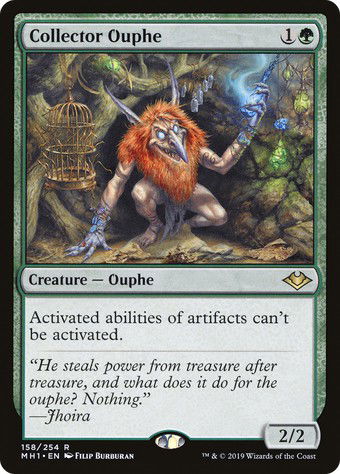



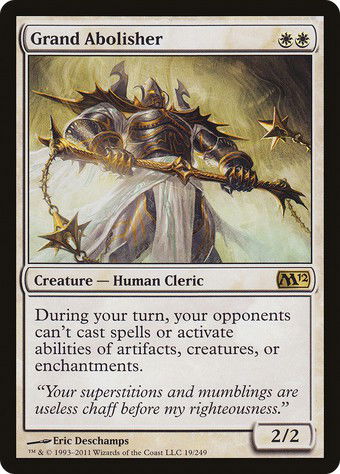

BUDGET ALTERNATIVES
Normally, Hatebears are not cards with a high monetary value, even if they play alongside commanders of more expansive values. For those who liked the idea of using creatures to harass opponents and don't want to spend a lot, I suggest combining them with some low-cost general who can provide a good build stax, just like Chulane.
CONCLUSION
For today, the idea was to present the "archetype", so that we can work with the possibilities that our bears generate in a future time. We can conclude that, in a meta where value is indispensable for a deck, there are good options for creatures that add to our strategy and, at the same time, delay our opponents.
Ad
That's it for today. I ask you to leave your feedback so that we can always improve. The series aims to address only part of an entire sphere that covers an extremely diverse format, so I invite you to subscribe to my channel on YouTube, where I talk about Commander, not only competitive, but also in other varieties, as well as about other formats. Until next time, my friends!
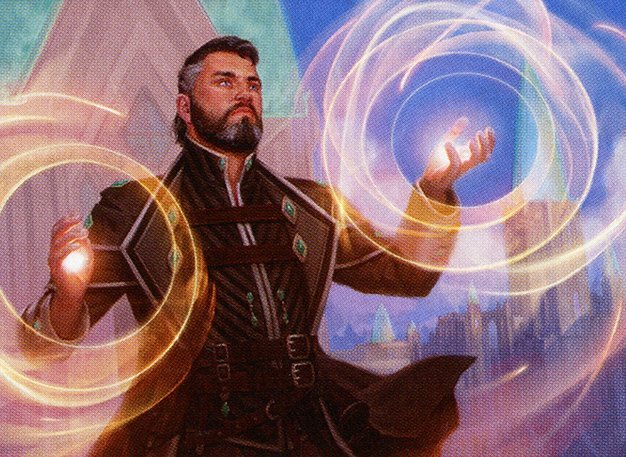



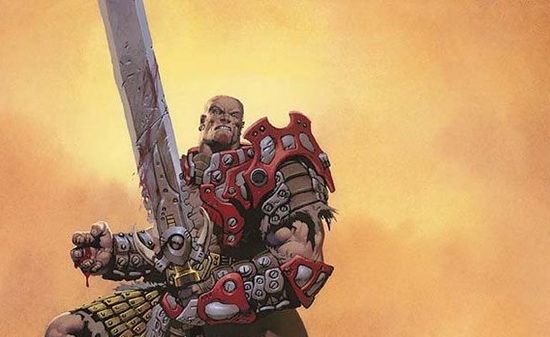


— Comments0
Be the first to comment